Suzanne Vega’s first album seemed to create a seismic shift in the 1980s music scene. Everything at the time was glossy, flashy, and big—from the hair, to the production values, to the flipping shoulder pads. And then in 1985 along came the eponymous Suzanne Vega.
The album could have been dismissed as a derivative anachronism (which it wasn’t) but the songs were so intimate and so spare that somehow what Vega was doing felt revolutionary. In its own way it was and she opened the door to the likes of the Indigo Girls, Tanita Tikaram, Melissa Etheridge, and Tracy Chapman.*
In a Rolling Stone interview, Vega once said, "The structures behind folk music and folk songs are very elemental, sort of like water. You go through your fads . . . but water is the basic thing you always go back to." And so it was with the folk-rock singer-songwriter.
In addition to musicians Lou Reed (which is kind of counter-intuitive), Leonard Cohen, and Laura Nyro, Vega was also influenced by novelists like Carson McCullers, and painters like Edward Hopper which I find kind of fascinating.
*Tracy Chapman and I were at Tufts University at the same time, though I think she was a year ahead of me. Anyway, she was very well-known around campus because she was incredibly talented and played a lot of local gigs. A fellow student introduced her to his dad, a music producer, who then helped her land a contract with Elektra records. I think I was the only person in the entire school who never saw her in concert while she was still at Tufts.
I wore her first album out when I was a sophomore in college but it’s the first track, “Cracking,” that I never tire of. Between this and “Freeze Tag,” it’s as if Suzanne Vega lived my childhood for a day and walked around Goose Pond Park looking at everything through my eyes. There’s a sense of weariness and dislocation that seems familiar, too, as well as an inchoate fear around the edges of things that disperses when that “dizzy golden dancing green” light shines through, when it does.
This might be a strange way to put it, but “Bad Wisdom,” from Vega’s excellent 1992 album 99.5°, is the best song I’ve ever heard about child abuse—better than Pat Benatar’s “Hell Is for Children” and much better than “Luka", Vega’s other child abuse song and one of the most popular singles of her entire catalogue.
The young girl in “Bad Wisdom” begins with the realization that other adults in her life (in this case her doctor) will stay silent about her abuse even when they’re aware of it. She then makes the detached observation that her friends can no longer relate to her because she’s been changed in a way that can’t be acknowledged, let alone understood. There is not one ounce of self-pity in this song, which makes it even more devastating.
BONUS TRACK:
Tanita Tikaram’s first album, Ancient Heart, came out in 1988 and the track “Valentine Heart” remains my favorite song of hers. The self-awareness is a kick in the teeth as is the longing to believe that belief is enough.

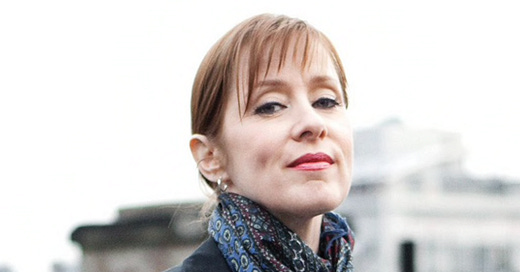







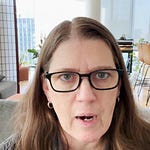



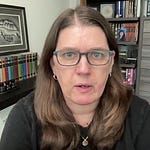
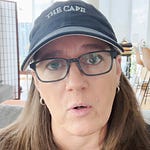

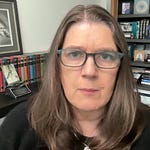
Share this post